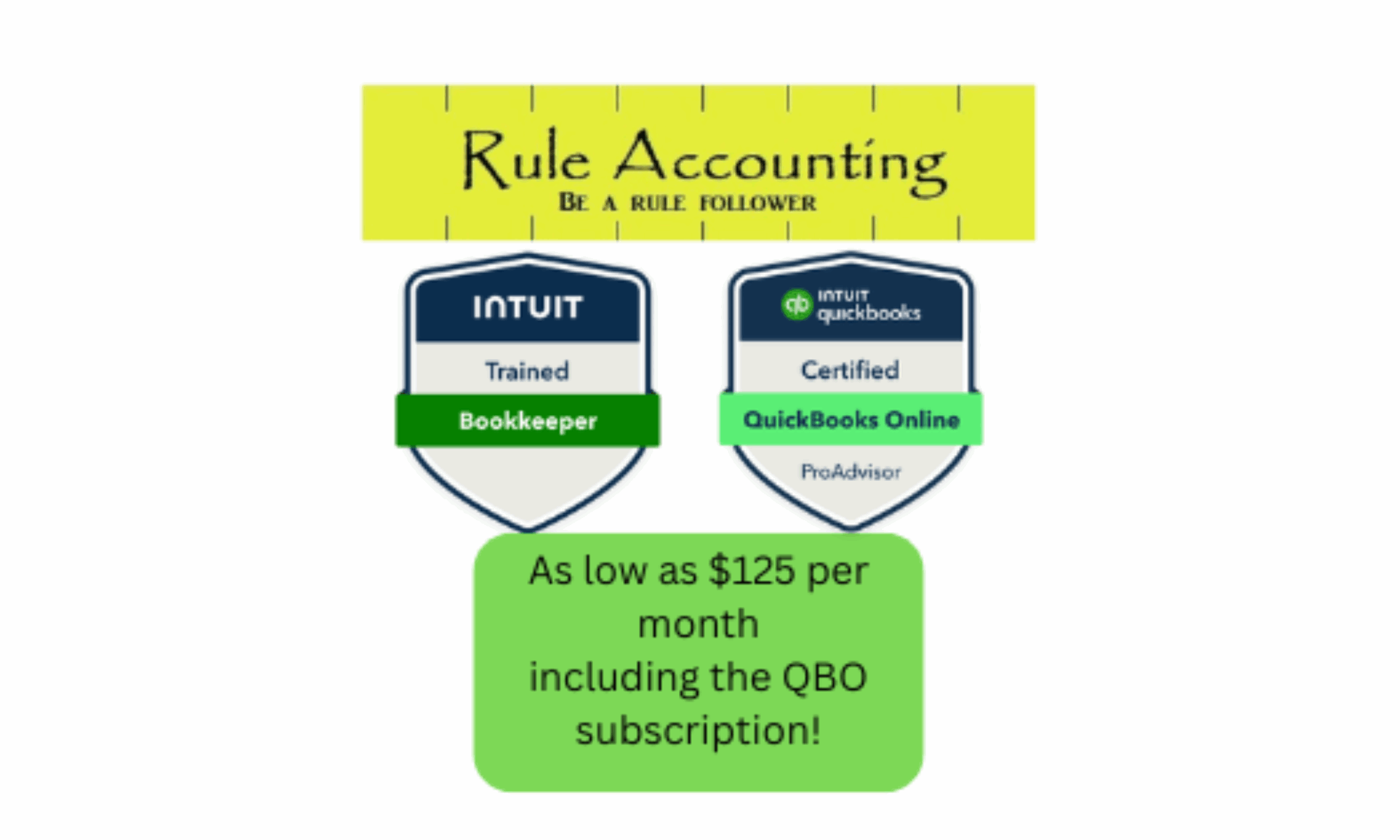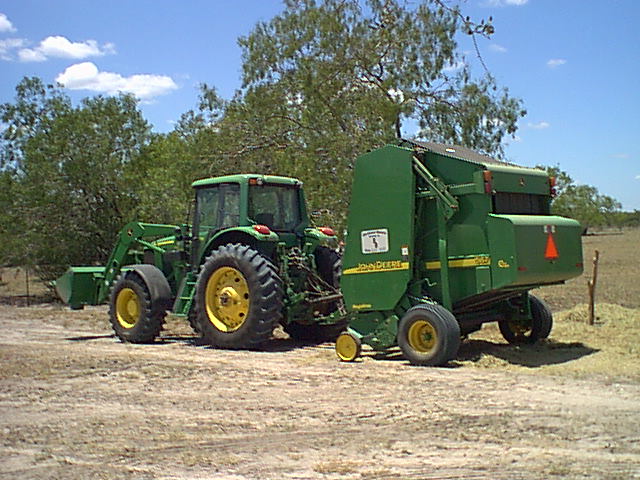Modern double-entry accounting began in the fourteenth century. Accounting as a profession began in the nineteenth century. Accounting is full of regulations, rules, governing bodies, and societies. Certified Accountants are required to follow all conceptual principles, policies, rules, and regulations.
The main rule all accountants must follow is GAAP. GAAP is the acronym for, “Generally Accepted Accounting Principles”. Make no mistake, “General Accepted” is very specifically spelled out within GAAP.
GAAP is the set of accounting rules, standards, and procedures issued by the FASB for U.S. companies to follow when preparing their financial statements.
Concerning QuickBooks software, buyer beware! QBs is an excellent accounting program, however QB’s does not follow GAAP automatically. Proper accounting knowledge is required.
Your companies’ Financial Statements are only as accurate as your competence in a proper, accurate, and complete General Journal entries. QB’s does not guarantee proper, accurate, or complete.
Accounting software is only part of the solution. A good Accountant is a must!



